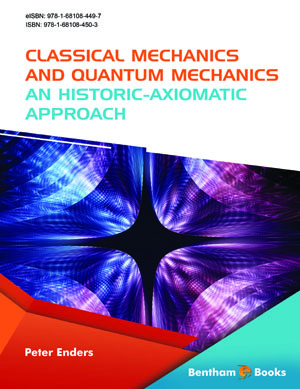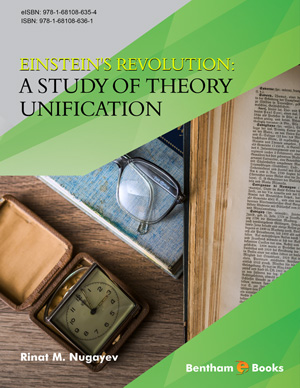Abstract
Reports of experimental modifications of gravity over rotating superconductors or of a weight increase or decrease during cool-down of superconductors have prompted many researchers to consider designing and performing their own experiments. However, many of these reports have not dealt in sufficient depth with the considerable difficulties attendant on this type of experiment. In general, there is a large class of phenomena that can mask the sought-after effect and produce spurious or artefactual results which are actually due to prosaic and mundane albeit subtle phenomena. Some of the proposed experiments deal with superconductor-mediated detection of gravitational waves. These will not be dealt with specifically in this paper. Rather, we concentrate on those experiments designed to detect mass anomalies and gravity field anomalies. However, many of the issues raised herein are germane to both types of experiments. We will describe some general types of experiments concentrating on instrumentation and interpretation of results rather than the theory leading to the experiments. We examine specific and subtle thermal phenomena occurring during the transition of superconductors near Tcrit. We then enumerate the multitude of experimental pitfalls that lay before the researcher. Examples provided clearly indicate that minimum standards of experimental precision, accounting for boundary conditions, an understanding of thermal exchange between cryogen and superconductor, error analysis and thorough reporting of the experiment are necessary to distinguish a true anomaly from prosaic explanations and artefacts.
Keywords: Gravitational forces, superconductors, high-Tc superconductors, low-Tc superconductors, type- II superconductors, superconductors cool-down, weight anomalies, gravity field anomalies, thermal exchanges in superconductors, error analysis, artefacts in gravitational experiments, gravity-like fields.


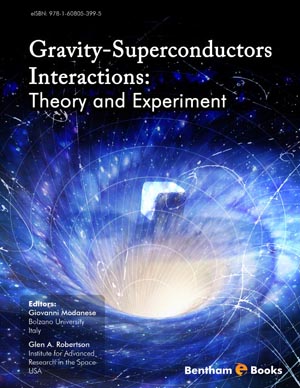


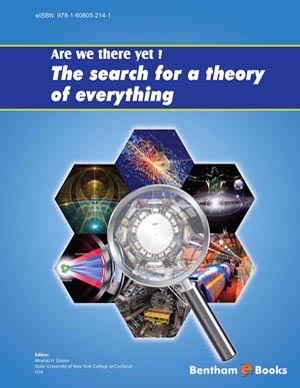

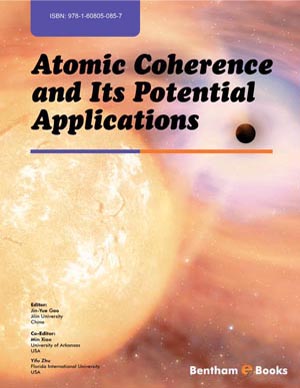
.jpg)
